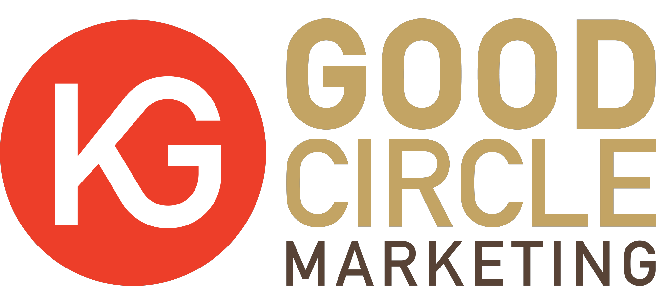Writing for Success: Creating A Blog Post in 6 Easy Steps
When it comes to writing a blog, it’s easy to become overwhelmed and not have a clue where to start. But here’s the truth: blogging can be a simple, straightforward process when the right approach is taken to meet your writing goals.
Although writing your first blog post may seem like a daunting task, creating an online blog has proven to help companies attract their target audience, develop their brand image, and increase their online presence. The benefits of starting a blog definitely outweigh the fears associated with creating and maintaining one, so it’s time to take on the challenge.
Let’s break it down step by step so that the next time you sit down to start typing, you’ll know exactly where to begin.
1. Choose your topic.
Determining what to write about is the first step; coincidentally, the step writers usually need help tackling. When writer’s block hits, it can be hard to find a topic that’s both informative and engaging to the reader. Here are a few tips:
- Identify a problem that you’ve encountered in your work or personal life. Chances are someone else has probably faced this same issue, and by writing about it, you provide a helpful solution, not only to your reader, but also to yourself.
- Think about the questions you often get from customers. Could you answer their inquiry in a blog?
- Make a wish list of keywords you would like your business to show up for in search results. Then pick one and type it in Google to see if other website content exists. This helps to spark creativity and get the ideas flowing, but make sure that your work isn’t a carbon copy of someone else’s.
2. Identify your audience.
Ask yourself the following questions:
- What kind of person do I want to attract?
- What are their interests?
- What kind of problems do they need to solve?
- What kind of posts would they find beneficial?
Use your answers to help identify your audience, then keep this information in mind when writing your blog to stay focused and intentional about writing for your audience.
3. Draw in the reader.
Now that you’ve established what you’re writing about and who you’re writing for, create a title and an introduction that will tell your audience why they should keep reading.
The headline can either be why someone decides to read your blog or why they keep scrolling: you decide. To ensure your title will grab the readers’ attention and leave them wanting more, consider some of these effective strategies when formatting a blog headline:
- Start the headline with the phrase “How To…”
- Include a number, like “4 Ways” or “10 Steps”
- Use an adjective with a strong positive connotation
- Give an interesting fact or statistic
- Provide a solution to a problem that readers can’t resist
Once you’ve pulled the reader in with a noteworthy headline, begin your introduction in a way that will keep the audience curious about what you have to say next.
4. Establish your tone.
Your tone is how you choose to convey yourself to your readers and how they will likely perceive you. A writer’s tone may change depending on the audience or topic, but once you’ve determined the tone for a particular blog, it should remain consistent throughout.
To establish your tone, think about the following questions:
- Is my approach formal or informal? Professional or conversational?
- Do I want my content to be straightforward and simple, or more detailed and thorough?
- Should I use humor to engage readers?
- Should I use a personal anecdote to connect with my audience on a deeper level?
5. Offer a solution.
If the audience is seeking a solution to their problem, don’t wait until the conclusion to answer their questions. Readers will most likely lose interest if they have to search for information in a sea of words. Instead, by presenting a solution in the introduction, the readers will remain engaged as you elaborate on your point in the following paragraphs, leaving them satisfied and informed.
6. Effectively conclude your blog.
Rather than a rushed summary of your main points, end on a positive note with a thought-provoking conclusion. Engage your reader by providing a quote, asking them a question, or reminding them to submit a comment. These strategies allow you to end your blog with intention and leave your reader with a purpose.
So, the next time you’re ready to start writing but unsure where to start, use these helpful hints to tackle your writer’s block and craft a blog post that will surely succeed.
Which tips have you tried before, and which ones are you excited to use in the future? We want to hear from you!
Leave a comment below to let us know what you think.
